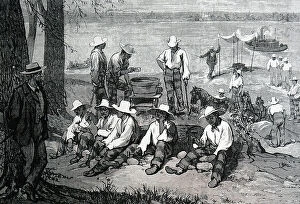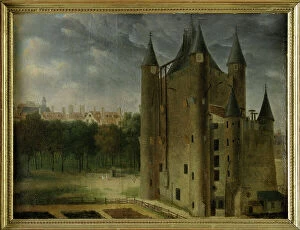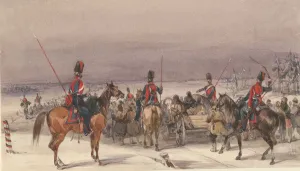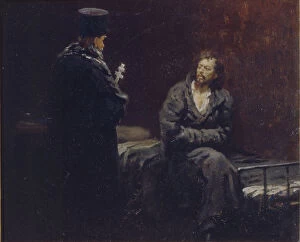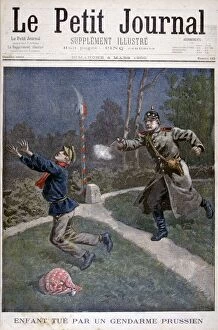Correctional Facility Collection
"Exploring the Evolution of Correctional Facilities Through Art" Step back in time and witness the transformation of correctional facilities through captivating artworks
All Professionally Made to Order for Quick Shipping
"Exploring the Evolution of Correctional Facilities Through Art" Step back in time and witness the transformation of correctional facilities through captivating artworks. The Madelonnettes Prison, depicted by Louis-Leopold Boilly in 1810, offers a glimpse into the lives of incarcerated women during that era. Meanwhile, Hubert Robert's portrayal of "The prisoners of Saint-Lazare" in 1794 sheds light on the harsh realities faced by those confined within its walls. As we venture further into history, Pieter Codde's painting from 1630 captures a momentous questioning of a prisoner, emphasizing the judicial aspect within these institutions. Moving forward to the 1930s, Leon Bure's depiction of "The Zindan (Prison)" transports us to an Eastern setting where confinement took on different forms. Not limited to physical structures alone, anonymous artists portray Cossacks convoying deportees in 1831—a reminder that prisons extend beyond mere buildings. Giovanni Battista Piranesi's imaginative series "The Imaginary Prisons" takes us into surreal realms where incarceration becomes abstract and thought-provoking. Literature also plays a role in shaping our perception of correctional facilities; Eugene Delacroix's artwork depicting "The Prisoner of Chillon" brings Lord Byron's poem to life with vivid emotion and turmoil. Similarly, Ilya Repin's painting titled "Before the Confession" immerses us in a tense atmosphere as we witness an inmate preparing for his confession. Vasili Perov adds another layer to this narrative with his piece entitled "An Arrant Knave, " highlighting society’s judgment towards arrested individuals during Russia’s tumultuous times. These artworks remind us that behind every prison door lies stories waiting to be told—stories filled with despair, resilience, and hope for redemption. Through these remarkable works spanning centuries, we gain insight into how correctional facilities have evolved, reflecting societal attitudes towards punishment and rehabilitation.

